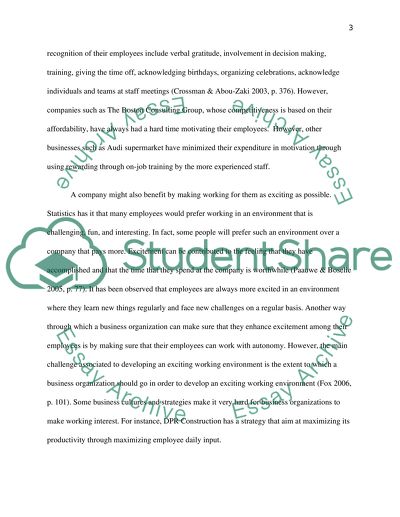Cite this document
(“ESSAY Improving organisational and employee performance - 1”, n.d.)
ESSAY Improving organisational and employee performance - 1. Retrieved from https://studentshare.org/human-resources/1671888-essay-improving-organisational-and-employee-performance
ESSAY Improving organisational and employee performance - 1. Retrieved from https://studentshare.org/human-resources/1671888-essay-improving-organisational-and-employee-performance
(ESSAY Improving Organisational and Employee Performance - 1)
ESSAY Improving Organisational and Employee Performance - 1. https://studentshare.org/human-resources/1671888-essay-improving-organisational-and-employee-performance.
ESSAY Improving Organisational and Employee Performance - 1. https://studentshare.org/human-resources/1671888-essay-improving-organisational-and-employee-performance.
“ESSAY Improving Organisational and Employee Performance - 1”, n.d. https://studentshare.org/human-resources/1671888-essay-improving-organisational-and-employee-performance.


